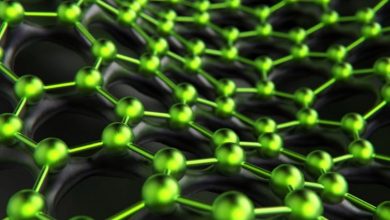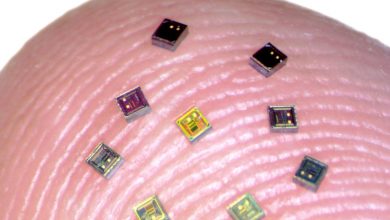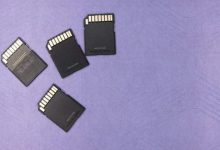Latest Articles
-
Sep- 2021 -12 SeptemberScience-Tech

Atomically-Thin, Twisted Graphene Has Unique Properties That Could Advance Quantum Computing
Lead image: New collaborative research describes how electrons move through two different configurations of bilayer graphene, the atomically-thin form of carbon. These results provide insights that researchers could use to design more powerful and secure quantum computing platforms in the future. Researchers describe how electrons move through two-dimensional layered graphene, findings that could lead to advances in the design of future quantum computing platforms. New research published in Physical Review Letters describes how electrons move through two different configurations of bilayer graphene, the atomically-thin form of carbon. This study, the result of a collaboration between Brookhaven National Laboratory, the University…
Read More » -
4 SeptemberEnvironment

A Bad Solar Tsunami Could Cause an ‘Internet Apocalypse’
Lead image:The solar tsunamis have a great potential to cause long blackouts which can result in $7.2 billion loss in a single day by damaging our electrical equipment and satellites. And to make matters worse, this isn’t one of those “What if…?” scenarios as people have experienced the effects of these solar storms back in 1989 when the electrical supply was cut off for nine hours for over 6 million people in Quebec. This also resulted in putting a pause on the Toronto Stock Exchange for three hours by disrupting the operations of a computer. And seeing how we are…
Read More » -
4 SeptemberScience-Tech

Wireless Microscale Neural Sensors Enable Next-Generation Brain-Computer Interface System
Lead image: Tiny chips called neurograins are able to sense electrical activity in the brain and transmit that data wirelessly. Credit: Jihun Lee / Brown University Brain-computer interfaces (BCIs) are emerging assistive devices that may one day help people with brain or spinal injuries to move or communicate. BCI systems depend on implantable sensors that record electrical signals in the brain and use those signals to drive external devices like computers or robotic prosthetics. Most current BCI systems use one or two sensors to sample up to a few hundred neurons, but neuroscientists are interested in systems that are able…
Read More » -
4 SeptemberScience-Tech

The US Navy and the Future of Directed-Energy Weapons
Lead image: Lockheed Martin is developing laser weapons that would be mounted on air, land, and sea platforms and could destroy targets in seconds. Once the preserve of science fiction, directed-energy weapons could be coming to a battlefield (hopefully not near you) very soon. With many countries around the world currently working hard to make them a reality, it appears we are about to see something of a revolution in arms technology. Chief amongst such countries is, of course, the United States. But what, if any, directed-energy systems do U.S. Armed Forces have access to? Let’s find out. What exactly…
Read More » -
4 SeptemberSpace Race

Firefly Aerospace’s first launch ended in a Fireball
lead image: Firefly Aerospace’s first Alpha rocket ended in failure shortly after liftoff from Vandenberg Space Force Base on Thursday evening. Firefly Aerospace suffered a failure during the first orbital flight of their small satellite launch vehicle, Alpha. The launch, designated as FLTA001, launched from Space Launch Complex 2 West at Vandenberg Space Force Base in California before blowing up during first stage flight. Firefly was aiming to become the fifth company to develop and fly a privately-funded rocket to orbit, following Orbital ATK’s Pegasus (since acquired by Northrop Grumman), SpaceX’s Falcon 1, Rocket Lab’s Electron, and Virgin Orbit’s LauncherOne.…
Read More »










